The summer of 2024 delighted us all by turning out to be a real one- lots of heat and sunshine and no flooding or disasters, which happily, gave us the opportunity to head out to the land again and see what we could find. So in mid-January we packed a picnic dinner and off we went to Maraekakaho as the fish and game site suggested that there would be river access here. We had no idea what we might find or what condition we'd find the land in, after all, nearly every favourite place we have loved was now gone. We were amazed to see trees- so many trees, that had survived the flood.
And there was so much to explore here.
New terrain to be discovered and puzzled over. What was happening here? Unusual colour for river water.
And this seemed a bit scary- was the water just very deep or rather toxic in some way?
We drove along the roads to see where they went to and what access there was to the river itself.
We were amazed to find lengthy walking tracks through dense riparian planting. Very well used tracks too. A lovely mix of trees including alders and various forms of willow and polar and more.
And a gathering of stinking iris (Iris foetidissima) seed heads assembled like a fetid choir.

It was so nice to see our familiar summer wild friends: stinking mayweed and dock seed heads.
This one had me puzzled as it looked like lucerne. I was certain it was lucerne, but the scented foliage didn't match up. We had found this plant up at Kereru in October too.
Eventually I asked for help from a plant id group and learned that this deliciously vanilla scented flower (scented foliage too) is white sweet clover.
Not sure where any of these roads and paths go to but it's wonderful to be able to walk under the shade of the trees in the middle of summer.
There's quite a community out here at Maraekakaho, but it sure is dry and arid land.
Vistas.
Mmm, so this is where all the noise is coming from! When we read the fish and game info about
river access points out here- this is what it said:
6 - Maraekakaho
Two hundred metres along Kereru Road from Maraekakaho Road a metal access road leads off to the right to the river. Provides walking access both upstream and downstream of this point."
What they didn't mention was that there is also a quarry here- a major operation with a huge number of large, noisy vehicles operating through out the day. Not at all what we expected to find all the way out here.So here's one of the access points to the Ngaruroro river and it's all smoothed off like that because they have enormous vehicles trundling up and down the river beds engaging with large scale stony business. It's not really safe to park here as the trucks are huge and lumbering.
Ok, we got that sorted and walked back up the road to see what else we could find.
Lots of open, wild river side space and wild plants growing out here.

And oh my word, look at this magnificent silver poplar grove!
They must be very old. And look they have withstood the cyclone and the flooding!
Ah, this is where we want to be! And finally it's 5 oclock and the trucks have packed it in for the night. Peace.
In the middle of the grove there are amazing old hawthorns tucked in too.
And look, the dearest wee stream.

The perfect place for a picnic.
A place of absolute magic.
There could not be a more wonderful spot to spend a hot summers' evening.

Precisely.

I love picking wild flowers in these places- they tell a story of terrain in a language all of their own, and they bring us joy. Oxeye daisy, yellow and broadleaf dock seed heads, red clover, stinking mayweed, sweet white clover, yellow lotus (bird's foot trefoil) and verbena brasiliensis.
More and more the plants are becoming familiar to us. We can now easily identify the persicaria smartweed that is edible & spicy like a wild wasabi, so very similar to willow weed, but one has white flowers (seed head) and the other pink. One edible & the other not.
Time stands still in these moments.
So worth the effort to prepare a picnic dinner a head of time.
So that we can simply sit & listen to the susurration of the poplars, "the babble of the the brook",

enjoy summer food in the open air, immersed in the natural world.

No rush.
Mullein right at home in the shingle, with the pink of willoweed in the background.
Then after a while we wandered across the little stream & up the road.

And found a well frequented swimming spot.
With a good strong rope.
Wouldn't want to jump in however.
Lots of lumpy river "berm" (as the council man calls it).
I am always delighted to see the dainty flowers of verbena officinalis- common vervain.
Often found in stoney ground, along wild pathways through summer.
Amazing that so many four wheel drives just smash on through this way for kicks. Think we might take another path.
Stinking mayweed is so joyful to find along the way (but still stinky)- a cousin to chamomile.
Goodness, what's he up to now?
Oh yes, picking red clover blossoms.
More lovely rural vistas out here.
Ah, and some actual lucerne (alfalfa). I love all the purple hues of this fodder plant.
The rural close of day Maraekakaho.
It's astonishing the amount of significant history that is held in the most rural of places.
Historic Places Aotearoa tells us
"Maraekakaho Station is located about 20 kilometres west of Hastings. From 1857 Donald McLean leased and bought land from the Maori owners. Donald McLean encouraged other members of his family to come to New Zealand from the Scottish Island of Tiree, and Maraekakaho Station was managed and staffed by his relatives and other family connections while Donald McLean himself was engaged in the process of land purchase for the Crown, ultimately holding the position of Chief Land Purchase Commissioner for the colonial government from 1853. Later, he pursued a political career, being elected to the position of Superintendent of the Hawke’s Bay Province in 1863 and, in 1866, winning the Hawke’s Bay seat in Parliament. He was knighted for his services in 1874." Well Sir or not he still had to use the outhouse!
15/2/24
We had fallen in love with this place and so decided to return a month later for another visit mid-February. Here is what I shared on facebook:
"Well that shut the sparrows up for a minute (they've come in for Wattie's corn)- the thunderous roar of an air force helicopter directly overhead feels- alarming just like the days a year ago when the deluge came & everything changed in our province. Lives are still dispossessed, all kinds of things repositioned, mending continues & creative solutions are also being found bringing healing & a fresh start for many. Even our adventures have gone in quite different directions & taken on altered hues; new plants found, other landscapes discovered. Yesterday there was so much sunshine & heat we took our dinner & went back to Maraekakaho. Once again the land embraced us & welcomed us in. We paddled in the river & then settled in to just be in aroha. Some odd things happened like some boys finding my side unlocked & nicking my camera bag out of our car- fortunately I had taken my camera with me & the bag was a childlike one which might have given them a surprise! Still- pausing to love & remember & be grateful for the gifts was so good."
Perfect grape growing country out this way- stoney ground.
It's so nice to get far enough out from the city confines to see wild plants growing along roadsides.
Considering that the most commonly seen roadside plants are wild fennel and fleabane it's so good to find wild carrot out this way.
And of course being mid-summer there's a fair bit of seed bombing going on all over the place out in the wild spaces.
Wild carrot (Daucus carota) with her unique womb-like, seed-holding nest arrangement.
Since the flood there seems to have been a mega explosion of fleabane all over the show. I've never noticed the form of the seed head before- rather cute.
On this visit we wandered around in the Ngaruroro river bed under bluebird skies.
Very sadly we found cattle body parts dumped in the river here just up-river from a young family swimming. We let them know and the regional council too.
And then we found a grand river couch.
After our walk we returned to our car and found some funny business going on.
Two rascally boys that had been hooning around on a quad bike had evidently stopped off and opened the car door (my side hadn't locked, tired old car) and removed my little camera bag.
So to keep our spirits up we donned Deb's gifted sunflower shades and drank our elderflower fizz.
Oh she is so silly that girl. And so is he!
Gathered wildflowers are quite different a month on: wild carrot, white sweet clover and verbena brasiliensis this time.
The vanilla scent of the white sweet clover is delightful.
If dried carefully (should it become mouldy it's toxic) it also makes a nice tea.
Aroha- Love
Honestly, sometimes the English language is so plain, wan even.
Doesn't aroha encapsulate love so much better, than well- love.
And of course mid February means that it's blackberry time. We also found some beautifully ripe black nightshade berries. Cooked together later, they were delicious.
To be honest, the wide expanses of the Ngaruroro don't do all that much for me in the middle of summer- it's the gentle shady streams like the adjacent Maraekakaho "river" that we find truly enchanting.
Ok, not a swimming spot, but delightful for wandering in.
On an ordinary day at home it's quite easy to miss the changing play of light as the sun descends and the day closes, but here in this special place all is magical.
The dance of evensong.
Not a weed that you see all that often, but here's Bathurst burr, Prickly burweed,
Xanthium spinosum. The flowers of mullein infused in oil are useful for earaches.
Distinctive, common wild plant. The leaves are useful for supporting the lungs & the roots from the second year plants have a great affinity with the prostate & bladder sphincter.
I'm not very good at sitting still for long so I soon wandered off to see what wild plants I could find up there.
And back.
There's a huge sense of grandeur in this place.
It took us a long time to understand the pull of our English ancestry. The long journey of coming home to woodlands & beauty in the wild places.
With dollops of cosy connection & sunshine.
I've been seeing stands of silver poplar since we came here & they look nothing like as old as these trees.
Always good to bring a reference book or two. It's just the best way to learn- ask questions every day & visit with the plants again & again.
Wild rice & cherry salad with haloumi.
Elderberry, plum & blackberry shortcake.
And one of our own "grown from a stone", dear little white peaches.
More looking for red clover!

I love how this track is bordered with verbena brasiliensis all summer long.
And oh my goodness in the middle of the wilderness of the river margins we found hawthorn trees.
Beautiful, enduring hawthorns.
Oh the comforting embrace & presence of the mother tree!
I feel as if these hawthorns may have been planted around the time of the old woolshed at the station up the road.
They are unfazed by storms & floods. Their roots are strong & their medicine heart strengthening & sure.
So much medicine on one small branch.
Of course, hawthorn has become one of our greatest allies in the journey- often despised in New Zealand, hawthorn finds a sure & welcome home in the UK.
Not a tree to be messing with- her thorns can catch you unawares- reminding us of the need for healthy boundaries & self respect.
Grounded in strength.
You can see where the flood waters rose too by the position of the plastic bag.
Sun setting through these beautiful tree allies.
Such freedom lingering in the long summer evenings. No rush.
The privilege of witnessing the day close.
The land bathed in gold. Best to watch where you're going.
Or you'll have to wash your feet.
Simple joy.
And how strange that when we returned to our table across the little stream that there was one thing missing- Deb's sunflower glasses. Just gone! Most unnerving. It had to be those boys hooning around on the quad bike again, only we never heard a thing. First my camera bag & then the sunflower glasses hours later. Something just didn't feel right. We've never had anything stolen before. This weird experience stayed with us a long time after our visit.
1/4/24
And so a month later we returned for a third visit out to Maraekakaho.
To get there you head through Bridge Pa. I love the wonky presence of this old house & her attendant naked ladies.
And down past the recycling bins we drove & along the road. "Have we missed the turn off?"
We drove up & down in disbelief until finally we had to concede that our beautiful river paradise had been utterly destroyed.
We parked the car in the middle of nowhere & staggered around groaning in shock at the horror before us.
Here's what we had found only a month ago in early February.

And here's what we found on the 1st of April!!

We could hardly bear to be here but made ourselves walk up to the hawthorns expecting to see the destruction here too. But we found them present
& bewildered.
The worse agony was in the wondering if they would bulldoze the hawthorns next.
Why??? What utter mindlessness!!!
We couldn't be here any longer & so we drove on, but soon saw am old historic drovers hut.

And three wild apple trees.
So of course we brought some home.
And you know what, just as we were turning to leave our beloved hawthorns I looked down & saw my little camera bag & in it- the sunflower glasses! Not to the boys taste after all.
In the coming days I wrote to the Regional Council & asked what was going on.
Here was the reply:
"Thank you for reaching out with your feedback about the work that took place in the Maraekakaho stream access road.
The Maraekakaho access road is one of the 26 public access to rivers managed by HBRC. The tree clearing that took place in the berm and the stream channel was a response from the Cyclone Gabrielle channel projects team and the silver poplar control.
Regarding the silver poplar trees removed in the berm of the Maraekakaho stream, it was identified that some of those trees were already falling and could represent a future risk. Hawkes Bay Regional Council is working with the Maraekakaho community in the plan for the enhancement of the area, which will include native replanting, trails, and picnic areas.
We hope you can still enjoy the area and If you have any ideas that can contribute to the enhancement of the access road to the river, please feel free to let me know for their consideration."
Mitchell from the Hawke's Bay Today contacted me after I posted my concerns on FB.
It seems that the work is now complete so there is a possible reprieve for the hawthorns. Let's jolly well hope so!!
Meantime, more information has come to light about just how the devastation came about.
Our experience was brutalistic destruction, but it seems a Maraekakaho group and the HBRC have had plans for a good long time & they are excited about it all & I guess it's their back yard & their vision.
Here is their explanation:
"Focus Maraekakaho representatives met with members of the Hawke's Bay Regional Council last week to discuss the project which has been undertaken by the HBRC Works Group near the far end of the access road to the Ngaruroro river,Kereru Road. Many would have noted that a large portion of the Poplars and Willows have been felled, processed and are ready for removal.
Ideally this work is to help limit the obstruction of flow of the Maraekakaho Stream and to reduce the risk of flood and erosion damage. The streambed is to be brought back to much of it's original state also.
All of this is part of the longer term river management plan by the HBRC.
The intention now is to re-plant in riparian tree and shrub species and ultimately begin the development of a Maraekakaho reserve. The idea of this eventuating has been a joint Focus Maraekakaho and HBRC initiative. The concept was developed by local community members seven years ago.
The HBRC have created a safe planting environment for native vegetation re-establishment. In time, this planting site will link through to the communities native plantings located adjacent to the Maraekakaho stream and up into the valleys located within the elevated hillsides overlooking the village.
The HBRC have kindly donated 3000 suitable native trees and shrubs to be planted this planting season.
Focus MKK group members are seeking expressions of interest within our community from any groups or individuals who would like to partake in this planting project.
Each year Focus MKK has driven planting projects and has had great success with strong support from fellow community members. Past projects include the roadside planting through the village and the extensive planting around the monument and recycling facility.
A date is yet to be identified for the planting, but it will be well advertised on billboards, the community noticeboard and our Facebook Page as soon as we have one set.
As you can see, there is quite a bit of work to do in preparing the site for planting 
Exciting.
Watch this space!"
Photo from the Focus Maraekakaho post on FB.
It might take us quite sometime to come to terms with all of this, but thank goodness we visited before all the trees were taken down. We are doing our best to understand what is being envisioned here.
.jpg)






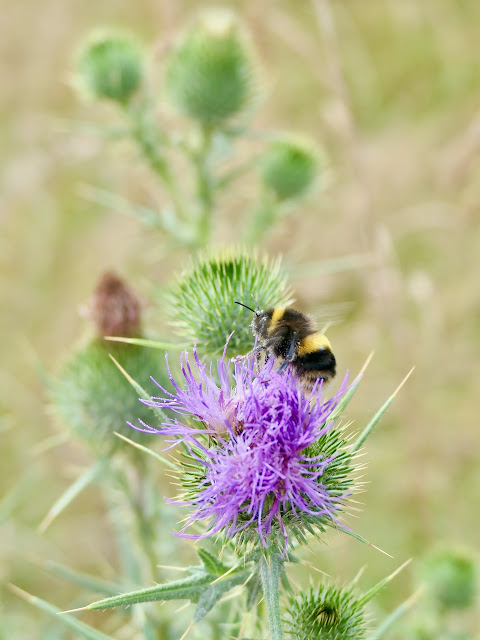



















.jpeg)












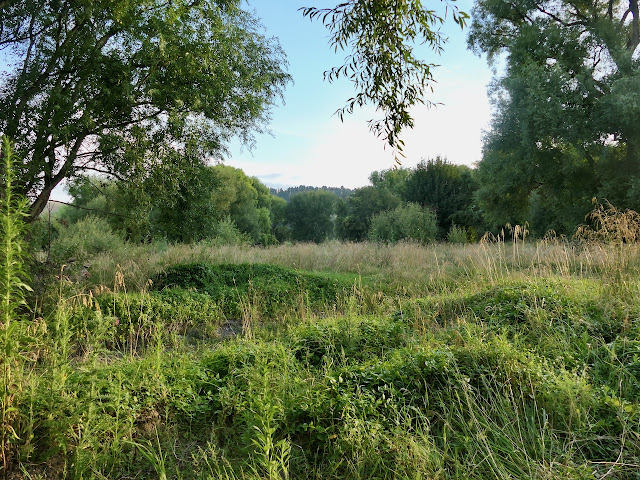



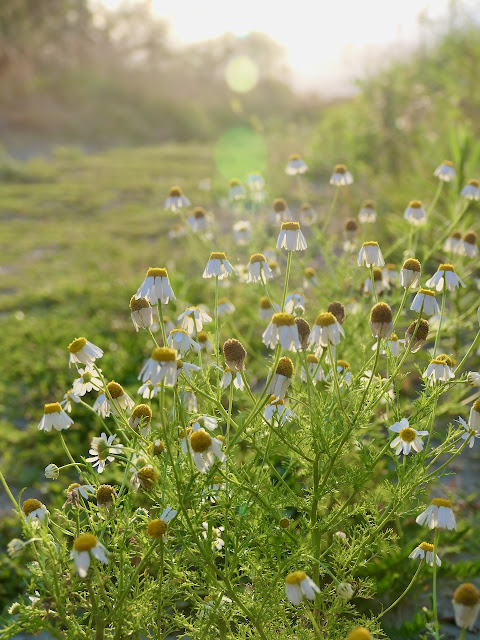




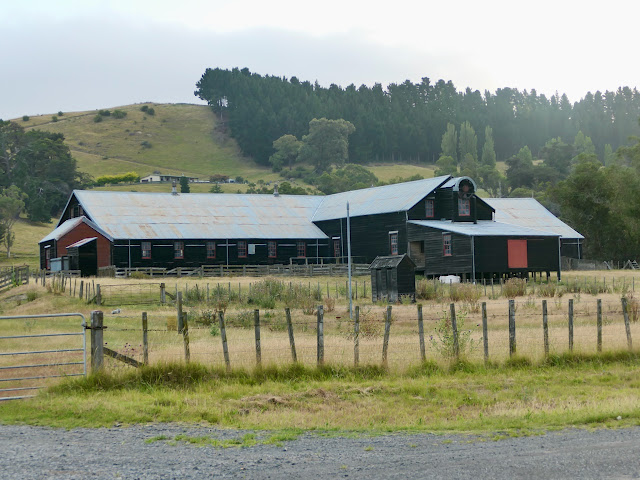


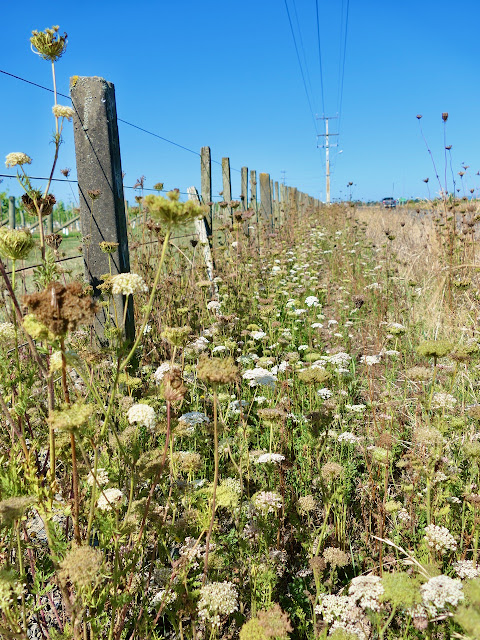



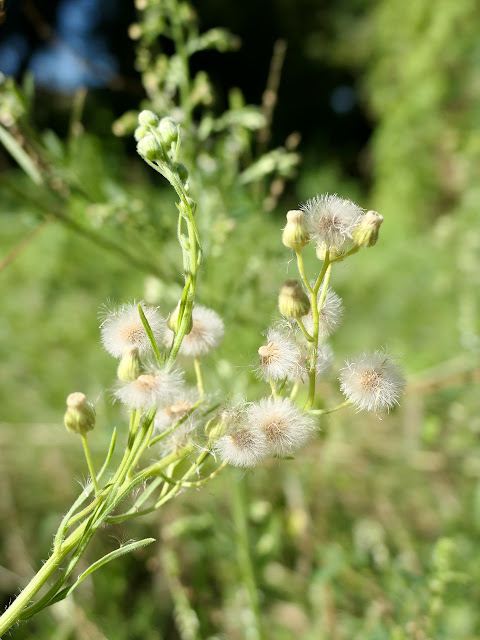











.jpeg)



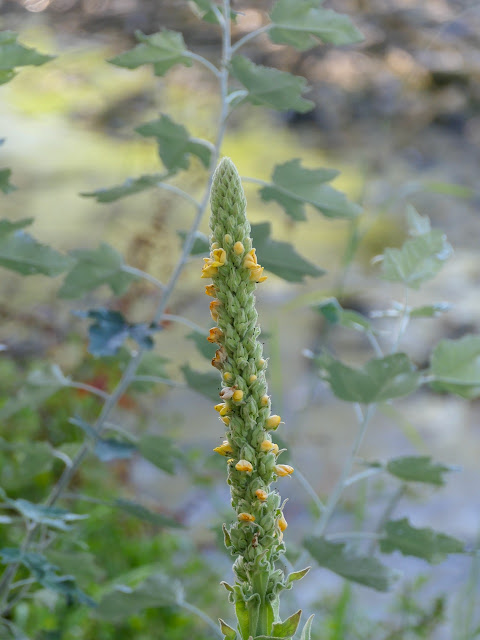
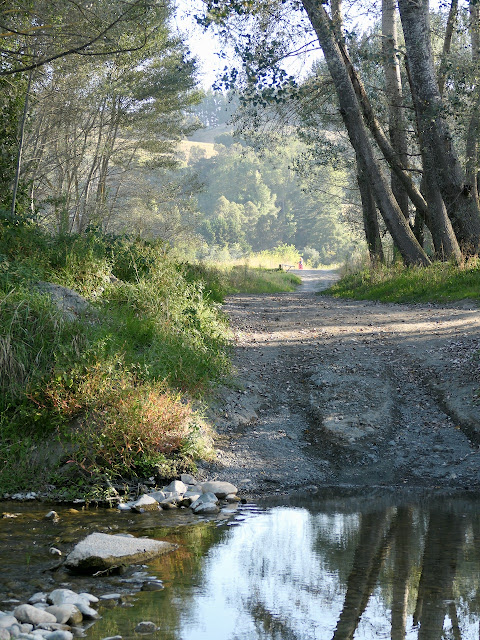









.jpeg)


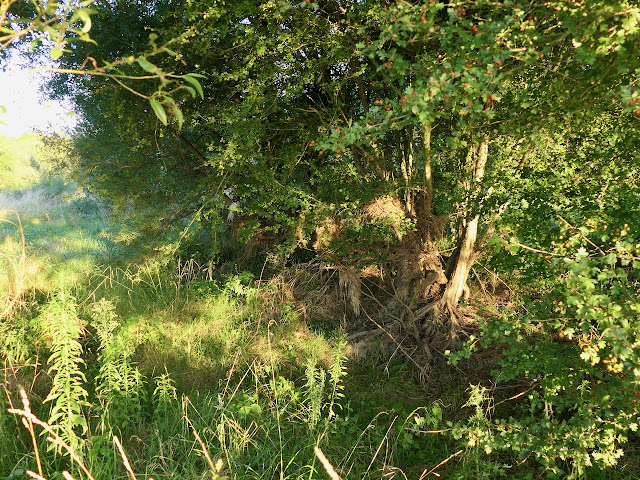


















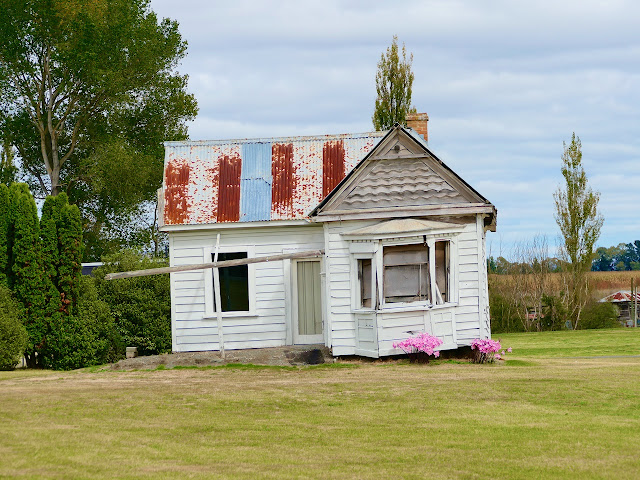













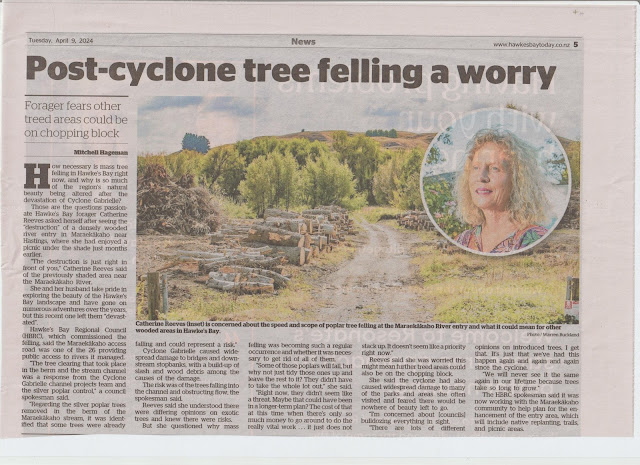

.jpg)
.jpeg)

.jpeg)


No comments:
Post a Comment